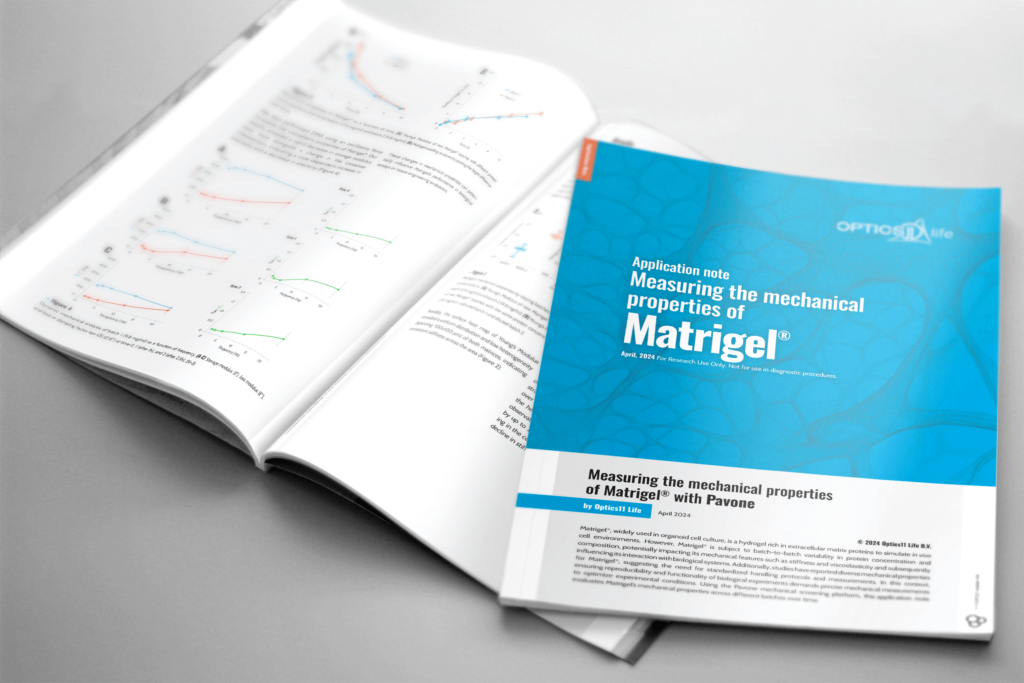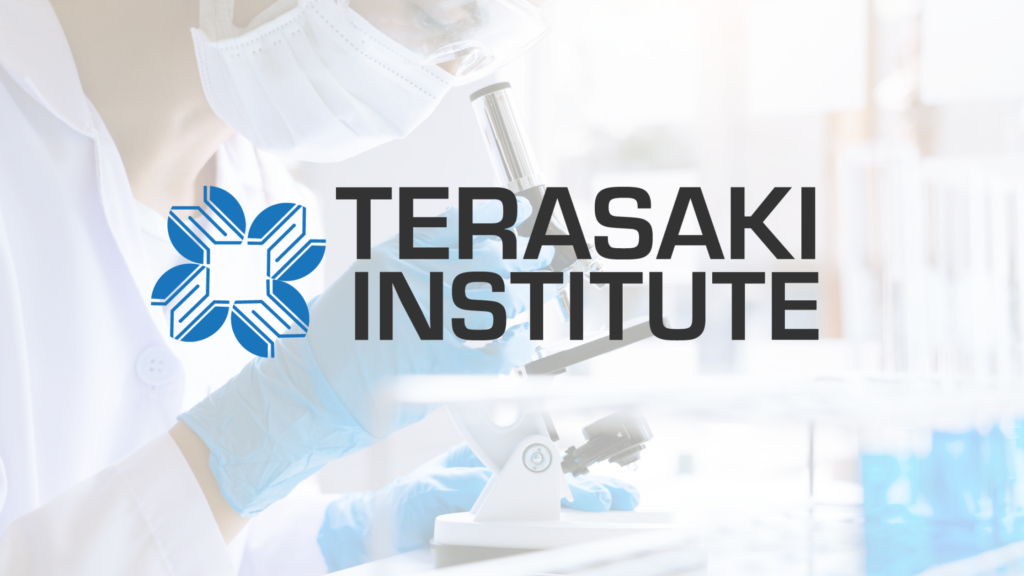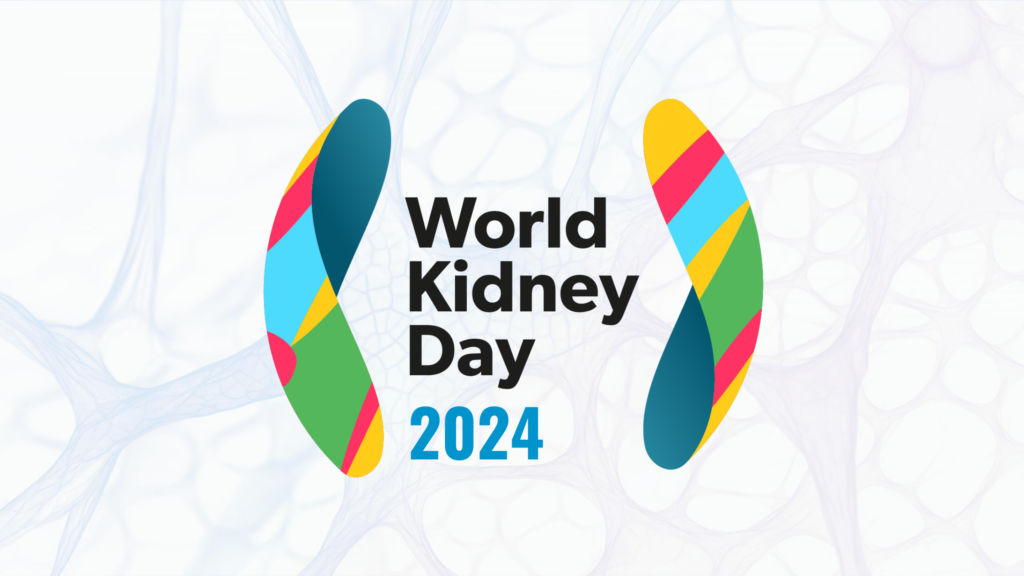
Cancer arises from the transformation of normal cells into malignant cells. These changes result from the interaction between genetic predisposition and environmental factors (carcinogens). The most often cancer treatments are surgery, radiotherapy, and chemotherapy alone or in combination. However, specific treatment varies depending on the type of cancer, the severity of the disease, the progression rate, the patient’s health, and the response to therapy.
Advanced mechanical characterization tools may deepen comprehension of cancer cell morphology and mechanics and their role in development, physiology, and disease.
Changes in the cell stiffness, the extracellular matrix (EMC), and the microenvironment’s mechanical properties impact cancer progression. While cancer cells are generally softer than healthy cells, tumors tend to be stiffer than surrounding tissues due to matrix stiffening linked to fibrosis. In addition, changes in the tumor microenvironment through ECM remodeling lead to metastatic dissemination. ECM remodeling may alter cellular behaviors, such as recognition of matrix geometry and rigidity, cytoskeletal reorganization, cell polarization, motility, and proliferation.
Advanced mechanical characterization tools may deepen comprehension of cancer cell morphology and mechanics and their role in development, physiology, and disease. In this sense, Optics11 Life nanoindenters emerge as a powerful method for new therapeutic approaches for cancer. The devices may identify the mechanical difference between normal and malignant cells and predict cancer progression. Translating these approaches into clinical and therapeutic interventions could enable new cancer treatments.
References
[1] World Health Organization. (n.d.). Cancer. World Health Organization. Retrieved December 14, 2022, from https://www.who.int/news-room/fact-sheets/detail/cancer
[2] Weibo Yu, Shivani Sharma, Elizabeth Rao, Amy C. Rowat, James K. Gimzewski, Dong Han, Jianyu Rao, Cancer cell mechanobiology: a new frontier for cancer research, Journal of the National Cancer Center, Volume 2, Issue 1, 2022, Pages 10-17, ISSN 2667-0054, https://doi.org/10.1016/j.jncc.2021.11.007.
[3] Chaudhuri PK, Low BC, Lim CT. Mechanobiology of Tumor Growth. Chem Rev. 2018 Jul 25;118(14):6499-6515. doi: 10.1021/acs.chemrev.8b00042. Epub 2018 Jun 21. PMID: 29927236.
[4] Cancer Mechanobiology: Microenvironmental Sensing and Metastasis, GeonHui Lee, Seong-Beom Han, Jung-Hwan Lee, Hae-Won Kim, and Dong-Hwee Kim, ACS Biomaterials Science & Engineering 2019 5 (8), 3735-3752, 10.1021/acsbiomaterials.8b01230
[5] Worldwide cancer data: World cancer research fund international. (2022, April 14). Retrieved December 14, 2022, from https://www.wcrf.org/cancer-trends/worldwide-cancer-data
[6] Lewandowska AM;Rudzki M;Rudzki S;Lewandowski T;Laskowska B;. (n.d.). Environmental risk factors for cancer – review paper. Retrieved December 14, 2022, from https://pubmed.ncbi.nlm.nih.gov/30922021
[7] Ishihara S, Haga H. Matrix Stiffness Contributes to Cancer Progression by Regulating Transcription Factors. Cancers (Basel). 2022 Feb 18;14(4):1049. doi: 10.3390/cancers14041049. PMID: 35205794; PMCID: PMC8870363.
[8] Jian Zhang, Cynthia A. Reinhart-King, Targeting Tissue Stiffness in Metastasis: Mechanomedicine Improves Cancer Therapy, Cancer Cell, Volume 37, Issue 6, 2020,https://doi.org/10.1016/j.ccell.2020.05.011







